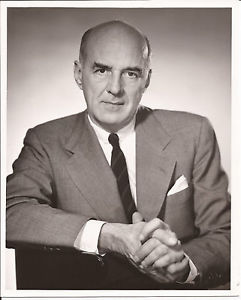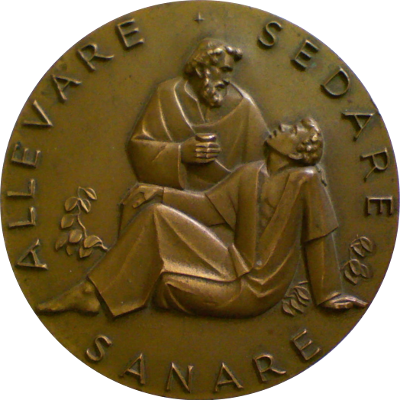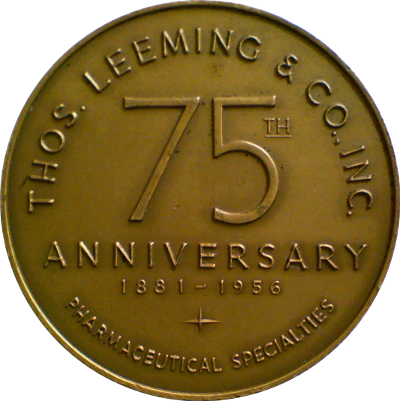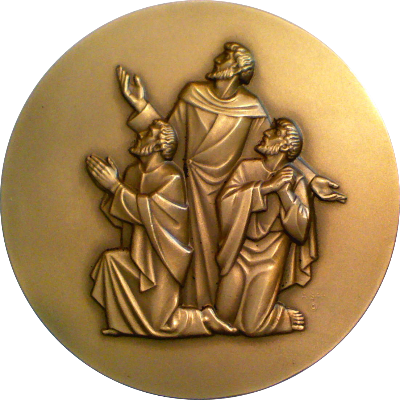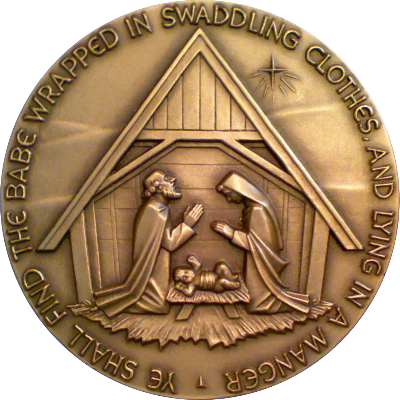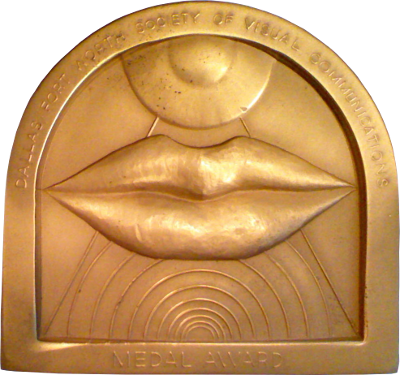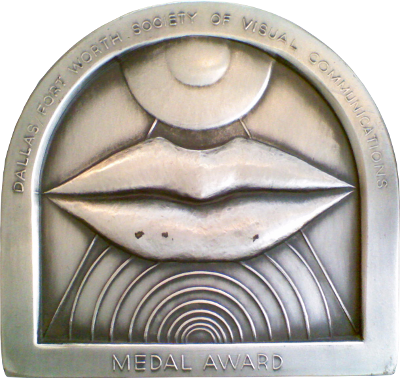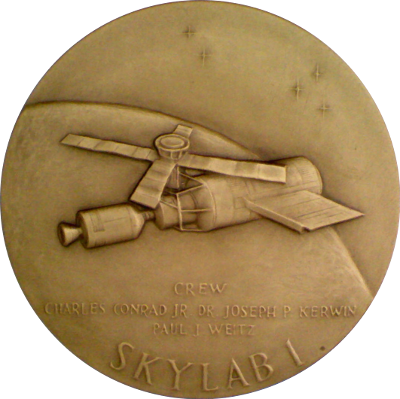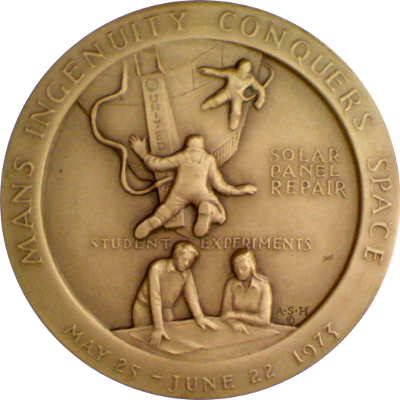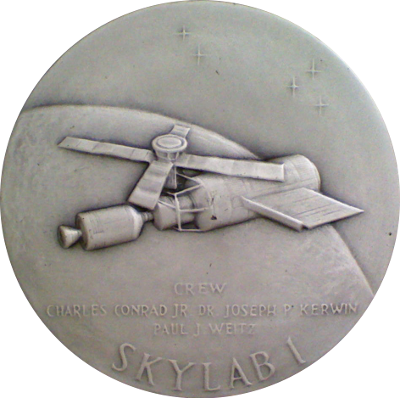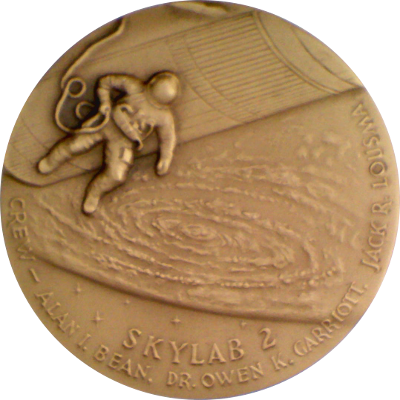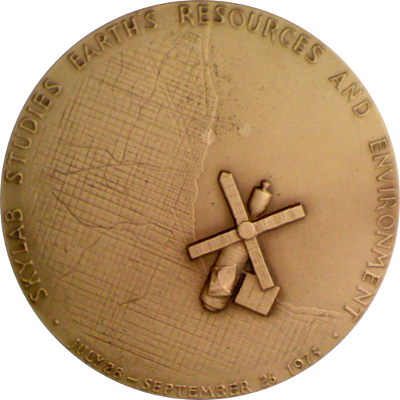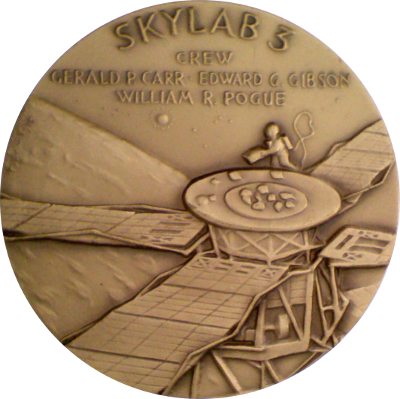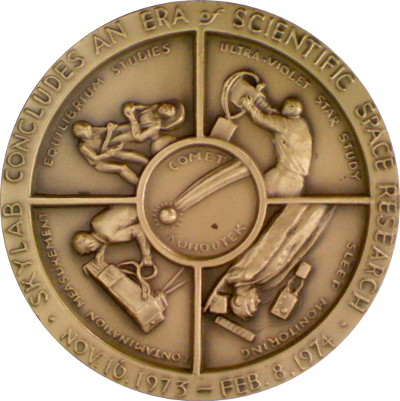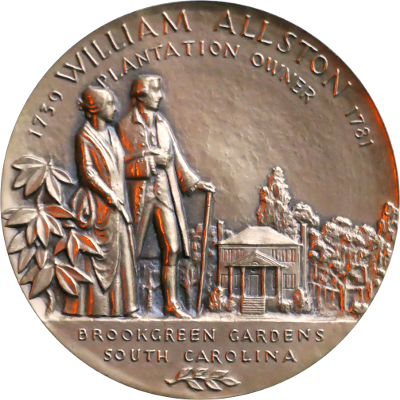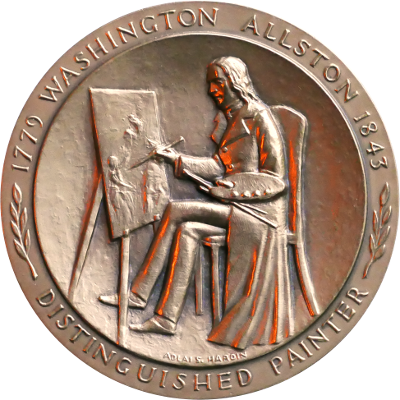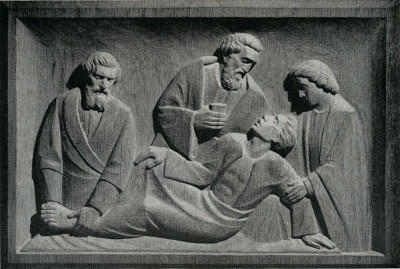Adlai Stevenson Hardin is a descendent of Adlai E. Stevenson, vice-president of the United States under Grover Cleveland, and a first cousin of the 1952 and 1956 Democratic Presidential candidate of the same name. Born in Minneapolis, he grew up in Chicago. As a child, the future sculptor was fascinated by the carving of wood and became aware of the artistic possibilities of the craft when, at fifteen, he saw an exhibition of wooden sculpture at the Chicago Art Institute. He received his general education at the Chicago Latin School, taking drawing classes at the Art Institute on Saturdays. He went to Princeton where he was the art editor of both the Tiger and the Pictorial Campus Magazine. After a brief trip to Europe he eventually settled in New York. Although he pursued a full-time career in advertising for thirty-five years and rose to executive rank at William Esty Co., he maintained a studio and worked on sculpture in his free time.
True to his early interests, Hardin made a specialty of carving wood, concentrating on religious figures. Among his works are an oak relief of The Healers, and other works, for the Stamford (Conn.) Hospital; a walnut statue of Thomas Aquinas for the Aquinas Foundation, Princeton, N.J.; a limestone figure of The Student for the Princeton University Bookstore; and a panel in linden wood for the Interchurch, New York. He also has executed genre sculptures, such as Nova Scotia Fisherman (Collection, IBM) and Amishman (Collection, Pennsylvania Academy of Fine Arts). Hardin has been the recipient of a number of awards including the National Academy's 1945 Saltus Medal for The Holy Family (cat. no. 24); the 1964 Daniel Chester French Medal for The Annunciation (cat. no. 54); the 1968 French Medal for Adam and Eve (cat. no. 38); and the NAD Gold Medal for Christ and the Doctors (cat. no. 26). He was elected president of the National Sculpture Society in 1957.
Adlai Hardin died at age 88 in 1989 in Old Saybrook, Connecticut.
